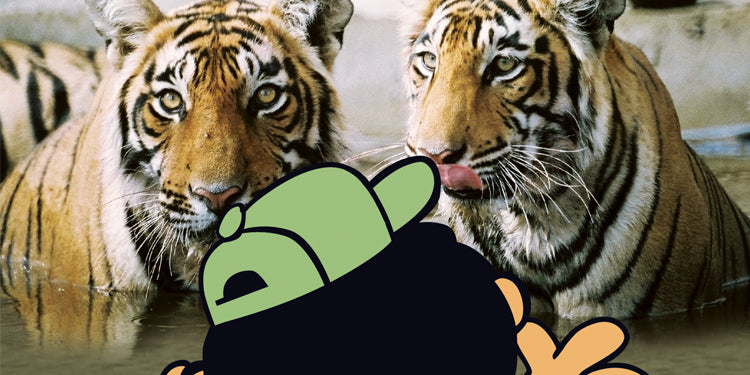 While reading is indeed the foundation of literacy education, writing skills and oral language skills are also very important to bolster the depth of students' understanding.
One crucial tool for improving both of these types of skills is the story prompt. As visually engaged as young students tend to be—as much as they love pictures—the wordless picture book is a great alternative to spoken or written story prompts to get kids' imaginations firing.
While reading is indeed the foundation of literacy education, writing skills and oral language skills are also very important to bolster the depth of students' understanding.
One crucial tool for improving both of these types of skills is the story prompt. As visually engaged as young students tend to be—as much as they love pictures—the wordless picture book is a great alternative to spoken or written story prompts to get kids' imaginations firing.
For younger students or those who may be learning a second language, wordless books are invaluable for their oral language development.
First, they are a great assessment tool to use when you need to see where a student stands in oral language accomplishment. By having the student look at a series of related pictures and and asking them to tell you what they see, you'll quickly be able to assess their fluency, vocabulary, and ease of calling up language structures.
Secondly, after the assessment stage, using these books is great practice for owning skills up to a higher level. They'll get up to speed on Common Core Speaking and Listening Standards faster when they are comfortable speaking extemporaneously in response to an assigned prompt.
For students who are a bit further along and are working on meeting Writing Standards relating to sequenced events, using wordless books with a storyline as a reference are a perfect step in the process of being able to recount and sequence:
Write narratives in which they recount two or more appropriately sequenced events, include some details regarding what happened, use temporal words to signal event order, and provide some sense of closure. (CCSS.ELA-LITERACY.W.1.3)
Example Student Work: Brothers from Zoozoo Into the Wild
One Reading Recovery teacher shared the written story produced by one of her students in response to the Zoozoo Into the Wild book Brothers , and I've recreated it here with pages from the book to show examples of what the student was responding to.
Page 2 (student text): Here are two brothers and they are tigers.
Page 3 (student text): Brothers care for each other. It doesn’t matter what happens to each other. They always care about each other.
Page 4 (student text): The brothers play in the water together.
Page 5 (student text): But then a Zookeeper comes and said, “Hey, you need to be more quiet! “ said the Zookeeper.
Page 6 (student text): Then the Zookeeper fell in the water. “Please don’t eat me!” said the Zookeeper. “I will let you be as loud as you want if you don’t eat me!” But the tigers don’t understand English. So, the two brothers ate the Zookeeper.
Page 7 (student text) : “Mmm that was some tasty humans.” the brothers said to each other.
In the back of each of the Zoozoo Into the Wild wordless books , there is a suggested synopsis and also a list of other activities the books are good for in addition to retelling. We also have other wordless books, though less story-driven, in our My World series ( which can be viewed here ). They are especially good as vocabulary tools and for introducing readers to the concept of an informational text.
For more information on the wordless books used as an example in this post, you can click the image below to download a series information sheet with key features, or you can click here to visit our website .



















































![6 Fun and Easy Activities to Practice Sequencing [Grades K-1]](http://www.hameraypublishing.com/cdn/shop/articles/Red_Typographic_Announcement_Twitter_Post-5_bf1ae163-a998-4503-aa03-555b038d1b76_600x.png?v=1689961568)
![Leveraging Prior Knowledge Before Writing and Reading Practice [Grades 1–2]](http://www.hameraypublishing.com/cdn/shop/articles/Red_Typographic_Announcement_Twitter_Post-4_600x.png?v=1689961965)




